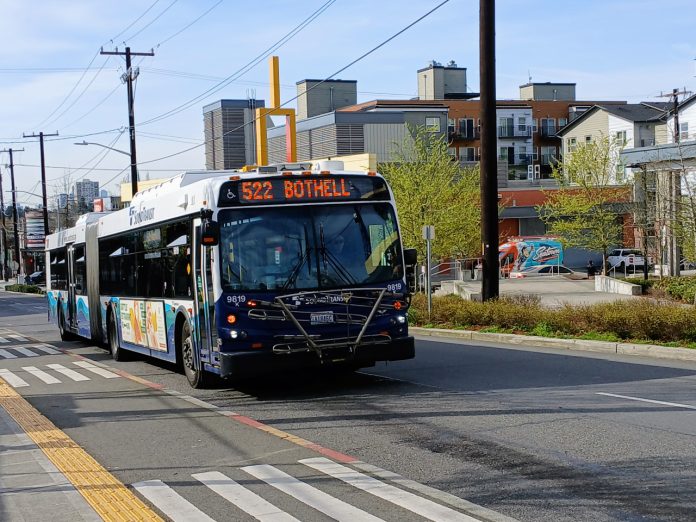
Sound Transit board members this week got a first look at a slate of adjustments that the agency proposes for its ST Express bus routes, set to go into effect following major light rail extensions that are on the horizon. The changes will impact riders across all three counties where Sound Transit operates service. The targeted rollout is next fall, several months after both the Federal Way and East Link extensions open in full to riders.
This reconfiguration will be the biggest change to ST Express service in years, and will lead to the elimination of several routes where an alternative light rail trip would be comparable in terms of time spent, especially during times of heavy traffic.
With service to Star Lake, Kent Des Moines, and Federal Way set to start on December 6, and full 2 Line service across Lake Washington between Seattle and the Eastside on track to begin sometime next spring, riders will have an adjustment period before they see express bus changes. And many of the agency’s most popular express bus routes, including direct bus connections between Redmond and Seattle and Federal Way and Seattle are set to stick around, providing riders with multiple options.
How did Sound Transit decide which ST Express routes to pare back or eliminate and which to keep? By looking at actual travel times compared to new trip times on Link light rail, to get an idea of how often riders are getting stuck in traffic, Sound Transit’s Director of System and Service Planning, Emily Yasukochi, told the committee.
“When comparing the scheduled travel times and the actual travel times for the routes that we have proposed to change, shorten, [or] eliminate, we are finding up to 25 minutes of savings at the worst times to about, I would say, 10 minutes of additional travel time for some of the trips at some of the times,” Yasukochi said. “When it kind of went above that about 10 minute mark is when we were thinking […] these routes should remain fully bus routes, continuing all the way into where they’re currently serving.”
Changes in Snohomish and North King County
Sound Transit is making the fewest changes up north, where changes to the ST Express network were already implemented in the wake of the start of light rail service to Lynnwood last year. The updates in Snohomish County and North King County largely involve tying off some loose ends.
Route 515 between Lynnwood and Downtown Seattle will be fully eliminated. That route had provided riders with an additional option heading north from downtown due to expected overcrowding on 1 Line trains, but won’t be needed any longer with 2 Line trains set to fully extend north to Lynnwood and bring doubled frequency north of International District/Chinatown Station.
Route 522 to Bothell and Woodinville will see its western terminus switch from Roosevelt Station to Shoreline South Station at 148th Street. By that time, the City of Shoreline will have wrapped up work on its roundabout project along 145th Street, an infrastructure upgrade that ultimately took the place of adding a transit lane for buses heading to the light rail station. The 522’s reroute to Shoreline ultimately sets the stage for the final alignment of the Stride S3 Line, which will launch in 2028 with increased frequency along the corridor and upgraded rider facilities.
Route 535 between Lynnwood and Bellevue will see new Sunday service, and will get a frequency bump on Saturdays to every 30 minutes. This route is also set to be transformed into a Stride route, with the launch of the S2 Line in 2029.
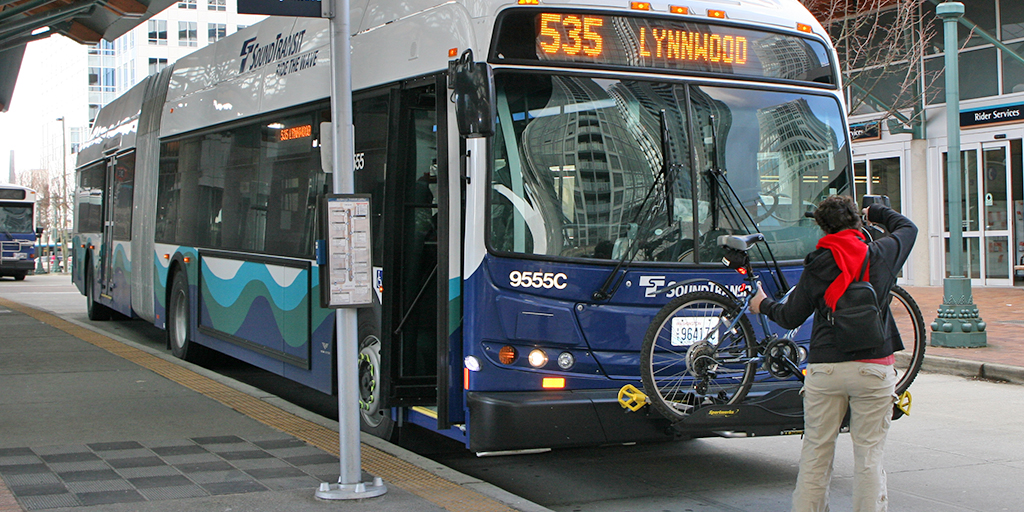
Sound Transit will also reconfigure Route 513, which currently only provides service between Seaway Transit Center in South Everett in one direction during peak hours, to serve riders heading the opposite direction. The reconfigured route will stop serving the Eastmont Park and Ride.
Changes on the Eastside
A major era of regional express bus service will come to an end when Route 550 is fully replaced by light rail between Seattle and Bellevue next fall. One of the nine original ST Express routes, the 550 has been operating across I-90 since 1999, but will transition to a one-seat ride all the way up to Lynnwood for 2 Line riders. With 2 Line systems integration officially underway, that cross lake connection remains on track for a grand opening next spring well ahead of the 2026 FIFA Men’s World Cup.
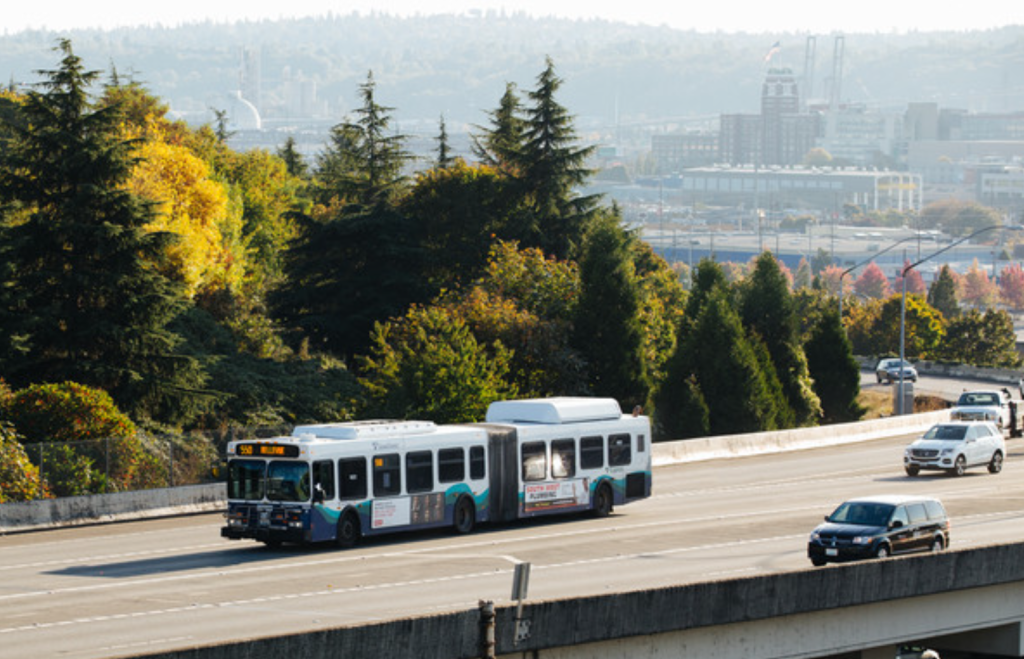
But other ST Express routes on the Eastside that provide a more competitive trip compared to Link are staying around, including the 545 between Redmond and Downtown Seattle and the 542 between Redmond and the University District.
Issaquah’s direct 554 bus to Downtown Seattle, on the other hand, is set to be eliminated and replaced with the 556, which will terminate in Downtown Bellevue. With increased frequency and expanded span of service that will include the entire day, the new 556 will provide a direct connection to the 2 Line at South Bellevue and in Downtown Bellevue.
Changes in South King County and Pierce County
As the launch of Federal Way Link on December 6 extends the reach of the 1 Line south nearly to Pierce County, Sound Transit plans some adjustments to the southern portion of its express bus network. But many of the most well-used routes, including the Route 577 and 578, which both provide direct connections between Downtown Seattle and Downtown Federal Way, will be sticking around. While a 1 Line trip is set to make that trip in 50 minutes, bus travel times can take a half hour or less, depending on traffic.
Most express buses between Tacoma and Seattle will also not see a change, including the all-day 594 and the peak-only 590. Sound Transit will terminate the 574, which provides direct service from Lakewood and Tacoma to Seattle-Tacoma International Airport, at Federal Way Downtown Station, a move that will add a time penalty but also allow the agency to increase frequency on the route.
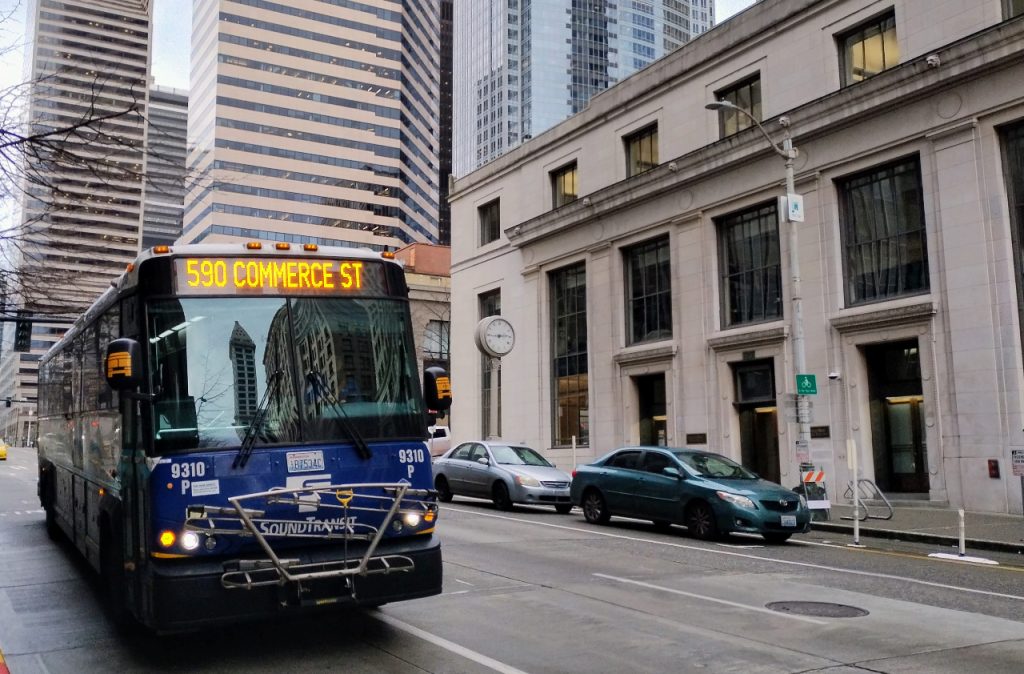
Sound Transit will eliminate the only direct bus between Tacoma and the University of Washington, the 586, with riders expected to utilize other buses heading to Downtown Seattle and then transfer to Link there.
Finally, the agency will eliminate the Route 580, which only provides a few trips per day between Puyallup Station and South Hill, with riders asked to take local Pierce Transit buses, including Route 4.
New overnight shadow service along Link corridors
Along with these changes to existing routes, Sound Transit staff also showed board members a brand new service proposal for ST Express: overnight service. Filling a major gap in the regional transit network, the overnight network will provide a transit option in the midnight to 5am window, and be especially valuable outside of King County — the only area county where the existing Night Owl network provides some overnight service.
Sound Transit’s overnight network would consist of three routes, all converging on Downtown Seattle: one from Everett, one from Redmond, and one from Lakewood with a stop at Sea-Tac Airport. Along with the Night Owl network, the new coverage would mean 85% of Link stations would be served by overnight service. But planned frequencies are still up-in-the air, and will likely depend on staffing at Sound Transit’s partner transit agencies.
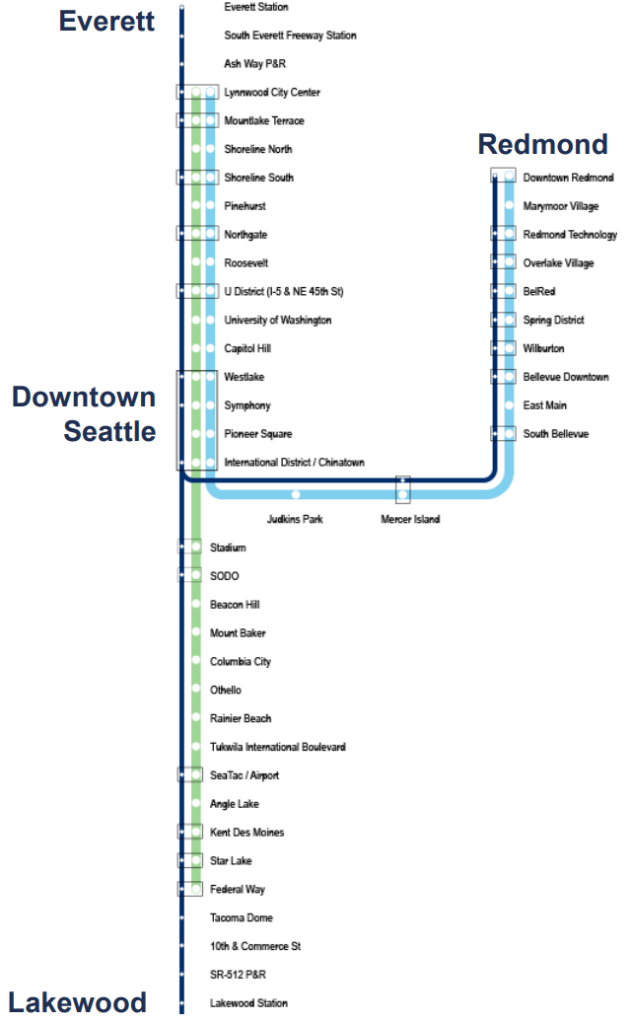
Sound Transit taking steps to expand bus service across an underserved area in the wake of efficiencies gained with light rail service expansion would be a big regional win, though much depends on how that service is implemented.
An exact date for this major ST Express service change isn’t yet known, though fall service changes usually take place in late August or early September. Starting next week, Sound Transit will begin conducting public outreach on the plan, with potential tweaks to come in response to that feedback ahead of approval by the full Sound Transit board in the coming months.
Correction: a previous version of this article misstated the new route for the 556.
Ryan Packer has been writing for The Urbanist since 2015, and currently reports full-time as Contributing Editor. Their beats are transportation, land use, public space, traffic safety, and obscure community meetings. Packer has also reported for other regional outlets including BikePortland, Seattle Met, and PubliCola. They live in the Capitol Hill neighborhood of Seattle.

